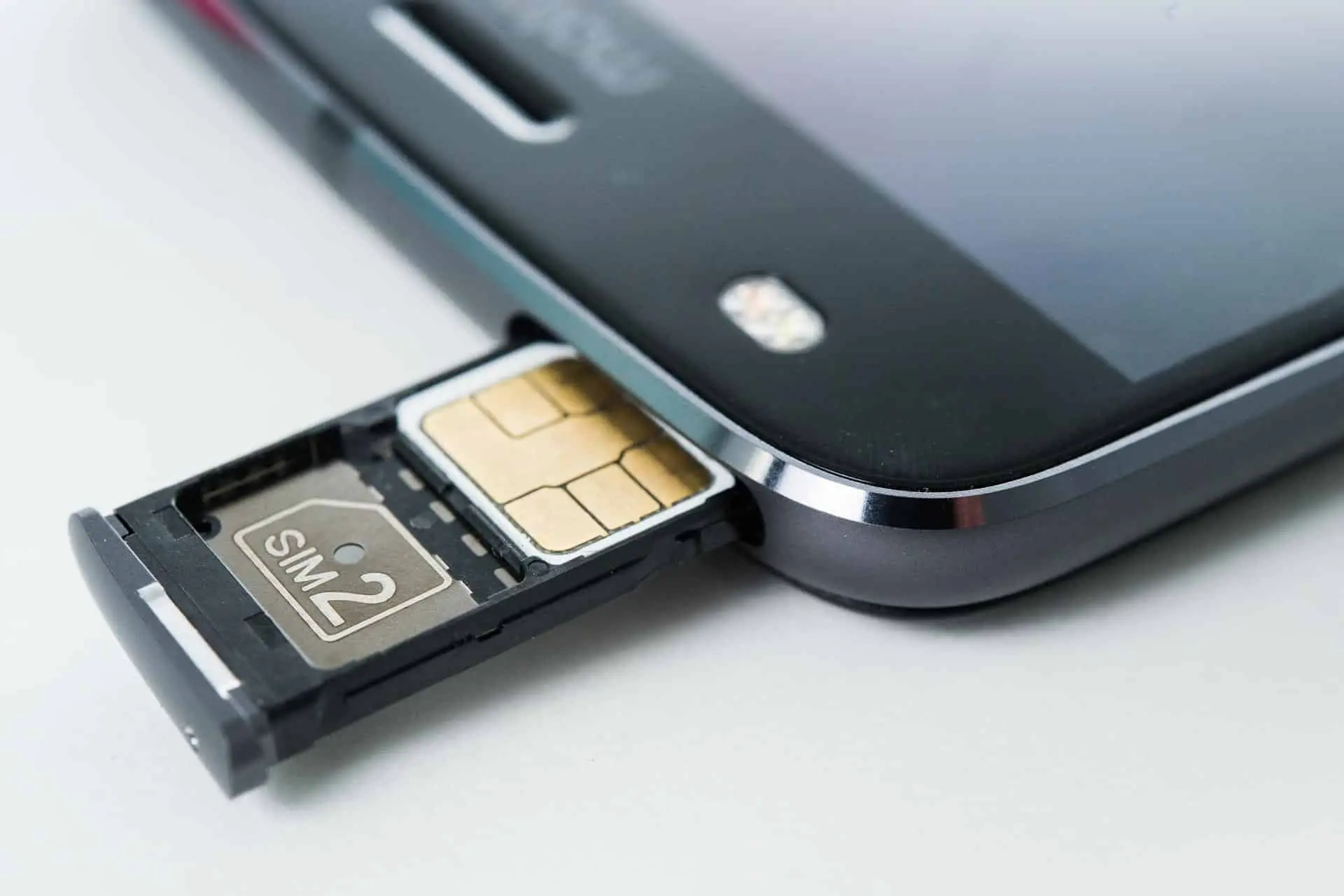Dual-SIM smartphones allow you to use the two SIM cards in the same device. Most dual-SIM phone users find the feature useful for combining work and pleasure, instead of carrying completely separate phones for work & personal contracts.
Dual-SIM phones also are useful for keeping two personal contracts, one of which may offer a good rate on texts and calls while the other provides unlimited data. Or maybe you travel a lot and want to have a local SIM for when you’re at residence and another for when you’re in the country you’re visiting.
You may not need two physical SIM cards to achieve dual-SIM functionality these days. For example, Google’s Pixel 6 supports dual-SIM or eSIM. That also means you can use one standard SIM card on the phone. While also subscribing to another network via the eSIM.
Dual-SIM phones are extremely popular in countries other than the United Kingdom. But for some reason, these British people have been left out of the dual-SIM group. This is one of the reasons why the Chinese market has become a popular choice for purchasing a dual-SIM phone.
Because most dual-SIM phones seem to be Chinese, you may also be interested in the guides to the best Chinese phones and the best budget Chinese phones.
Keep in mind that several smartphones sold in the UK seem to be single-SIM models, whereas other models of the same phone sold somewhere else in the world are dual-SIM. If you have a particular phone in mind,
What you will see here?
Samsung Galaxy S22 Ultra

A Galaxy S22 Ultra doesn’t feel like an S22 at all; rather, it’s an undercover revival of Samsung’s first when Note brand, with results possible from its S22 siblings and a built-in slot for the, included S-Pen stylus.
The camera is among the best in either phone, with a 108Mp primary shooter supported by an ultrawide & two telephoto lenses with varying zoom levels – with zoom performance significantly improved over previous models.
The large 6.8in LTPO AMOLED display offers a high WQHD+ resolution as well as an adaptive refresh rate of up to 120Hz, even with S-pen stylus support, it comfortably helps fill the productivity niche of previous Note phones.
Oppo Find X5 Pro
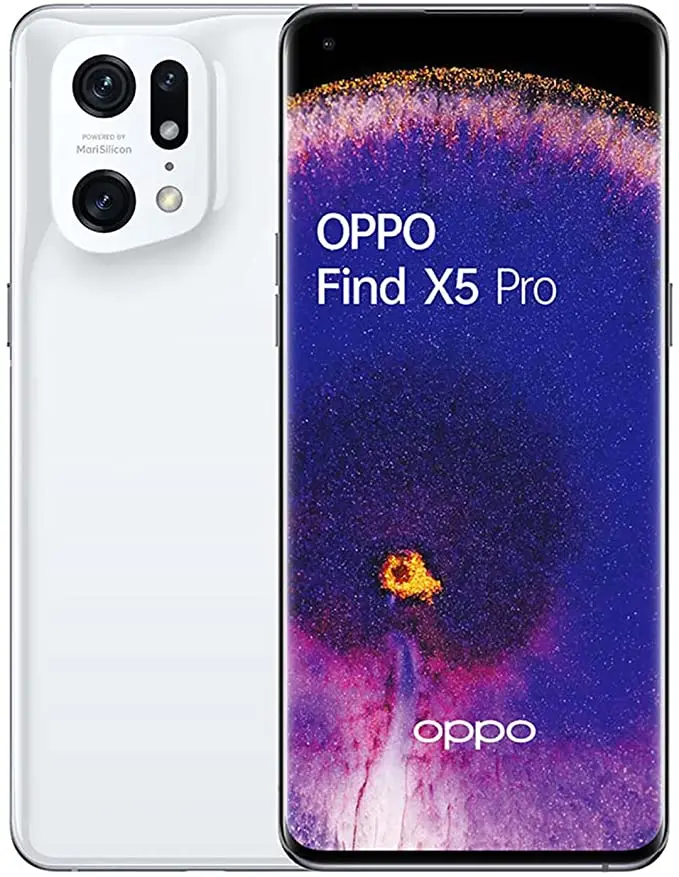
An Oppo Find X5 Pro is a stunning, powerful phone that provides almost everywhere it matters.
In comparison to other recent flagships, it feels like an all-arounder: you get an awesome display, a good battery & charging, strong performance, and a powerful camera – everyone wrapped up in a fairly unique design.
Samsung Galaxy S22+
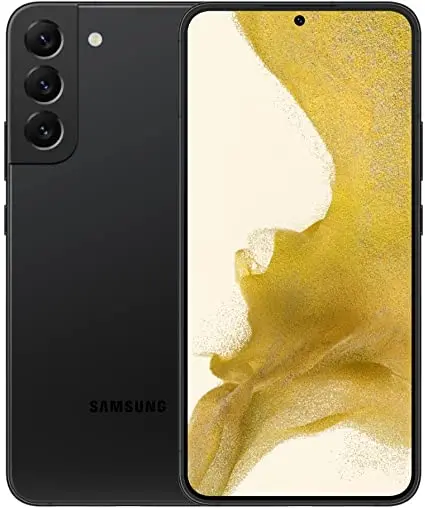
Don’t think of the S22+ as a cheaper version of the S22 Ultra. Samsung used its Goldilocks model to achieve a superlative balancing act of specifications and features with few flaws.
As a result, you use some of the best performance available on an Android phone right now. A glass-bodied design, and the most recent Android 12 (clothed in Samsung’s own One UI 4.1 at launch), as well as a dedication to years of software support.
The battery life is erratic, but some of the camera features will most likely benefit from firmware updates in the future. But this is an outstanding demonstration of what you can expect from 2022’s Android flagships.
OnePlus Nord 2
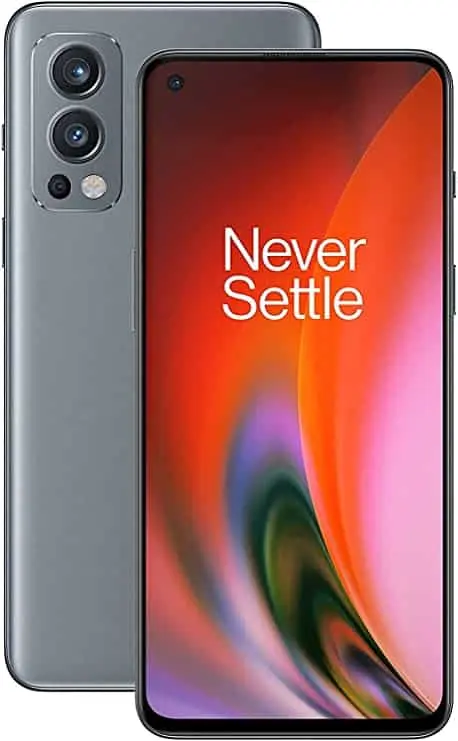
With fantastic performance, 5G, OnePlus’s trademark Oxygen OS consumer experience, and a near-flagship main camera, the OnePlus 6T is an excellent follow-up to 2020’s best mid-range phone. What is there not to love about this?
Whatever the OnePlus Nord 2 truly demonstrates is indeed the company’s ability to highlight the features that users want right now and package them in an appealing package with such a convincing price point.
The Nord 2 lacks flagship features like inductive charging and water resistance, but those are the only concessions made here.
Google Pixel 6 Pro
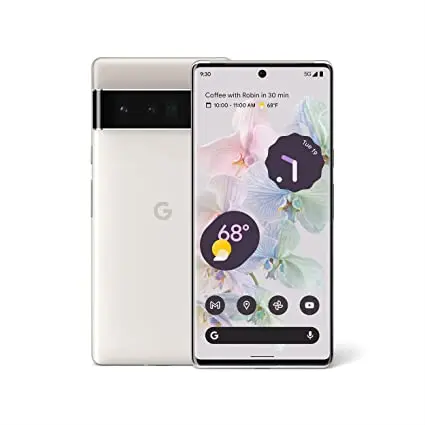
Pixel phones are typically so much about the camera. As well as the 6 Pro is no exception in that regard. That’s not to say the camera hasn’t changed; it now has a 48Mp main lens, as well as an ultrawide but periscopic telephoto lens, making this the most powerful Pixel camera until now.
Few phones can compete with the photographic output here, thanks to AI smarts powered by Android 12 & Google’s new Tensor chip.
You’ll have to keep putting up with slow charging and accept this is a big phone with quite a divisive design – you might love it, but plenty of people don’t.
Xiaomi 12
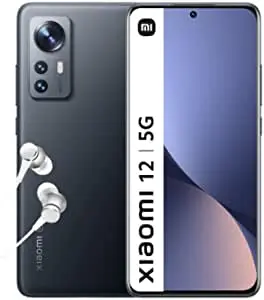
A Xiaomi 12 is a strong flagship device. Its small size will appeal to anyone who does not want a large handset, and the overall design feels and looks great.
You also get some high-end specifications, such as a Snapdragon 8 Gen 1 chip. An AMOLED display with a refresh rate of 120Hz, and fast 67W charging. It also has a solid main camera and a great ultra-wide shooter. But a tele macro lens will likely turn off many buyers.
While there are many things to like in the Xiaomi 12, it lacks waterproofing and has average battery life.
OnePlus 10 Pro
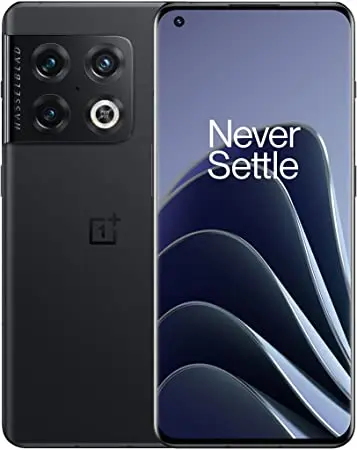
The OnePlus 10 Pro does have one of the best performances on the market right now, as well as great top-tier performance, outstanding battery life, a snazzy user experience, and an eye-catching – albeit somewhat deeply divided – design.
The phone’s biggest flaw, as always, is its camera, which, like so many previous OnePlus flagships, will almost certainly necessitate innumerable post-launch spots to bring it up to par with competitors.
ZTE Axon 30 Ultra
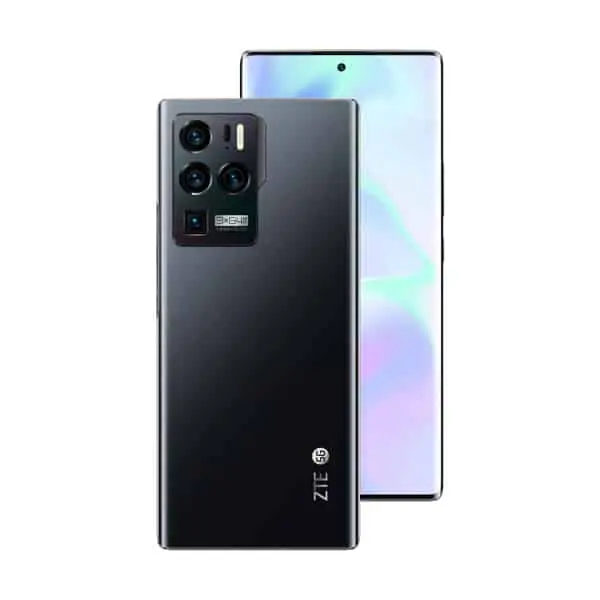
A ZTE Axon 30 Ultra is a stunning device that provides excellent value. It’s a genuinely exciting flagship smartphone in almost every way: it’s lightweight and feels great in the hand, the 144Hz 6.67in Amoled screen is thorough and crisp, and the Snapdragon 888 allows it to operate as a gaming phone, and that camera setup is incredible.
The Axon 30 Ultra’s rear camera is versatile, with three 64Mp sensors and a 5x telescope lens. Unlike some, pictures taken throughout all sensors are similar in terms of quality, detail, and color balance.
There are numerous creative shooting modes to start making the most of the system. It also caters to videographers with 8K@30fps recorded video.
The results are comparable to those obtained with ultra-premium smartphones such as the Galaxy S21 Ultra & iPhone 12 Pro, but now with one key difference: it is hundreds of pounds/dollars less expensive.
The software could use a few visual tweaks here and there, and there is no wireless charging. These are minor quibbles in what is otherwise an outstanding 2021 flagship.
Poco X4 Pro 5G
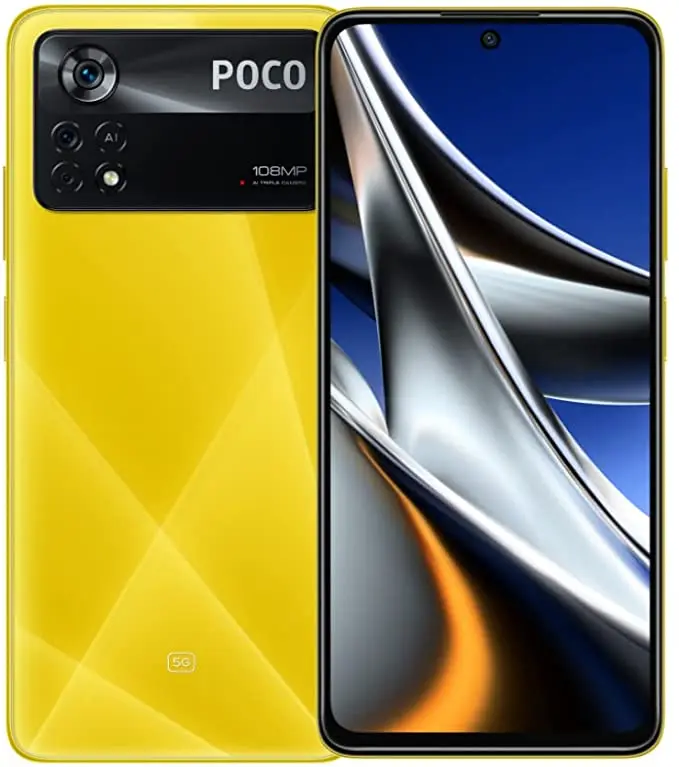
In terms of capability and design, the Poco X4 Pro 5G is a significant upgrade over its predecessor, with a premium feel and look despite the plastic body. To one of the tiniest camera cut-outs you’ve ever seen, the 120Hz AMOLED screen is vibrant, bright, and buttery-smooth.
Whereas the refresh rate isn’t adaptive like in premium options. A phone can comfortably last for a day with average use, and then when it does needs to be charged. There’s a 67W fast wired able to charge.
The 108Mp camera is also a treat, with impressive detail & color representation in well-lit climates. Though the lack of OIS means that night photography might be improved. The 8Mp ultra-wide lens that comes with it is useful, but the 2Mp macro lens is not.
The internals seems to be mid-range, with Qualcomm’s Snapdragon 695 taking the lead, but performance is excellent for the price. A tantalizing option for those on a tight budget.
Realme GT 2 Pro
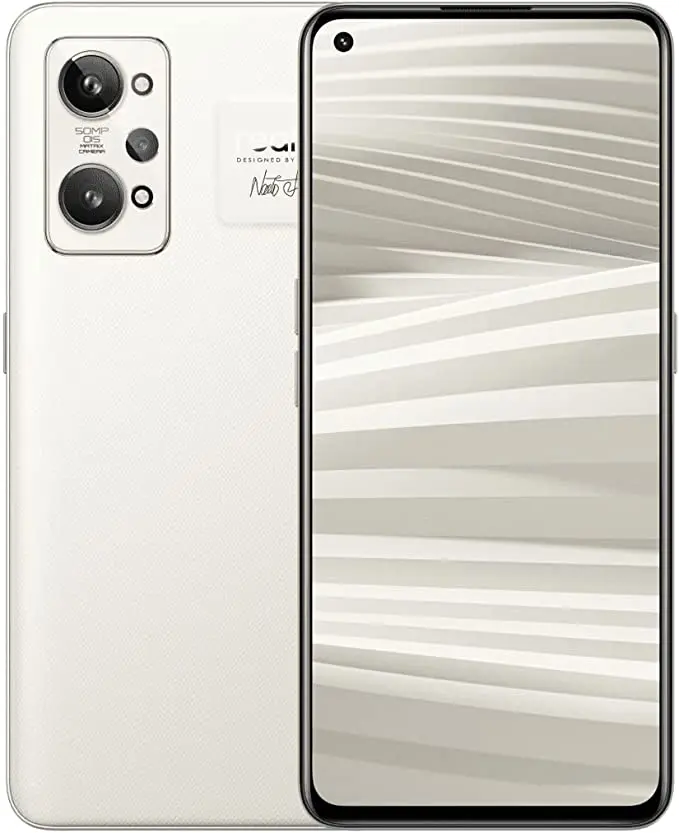
Whereas the Realme GT 2 Pro has flaws, there was a lot to like about it.
Not only is it one of the first phones in the world to feature a Snapdragon 8 Gen 1. But it’s also the first example of Realme going beyond Full HD+ resolution to provide users with a more premium experience. It also heralds enhanced long-term software support, enhancing the company’s current value-for-money proposition.
A company hasn’t stopped there, with green credentials that also include incorporating biopolymer into the phone’s design, moving to near-zero plastic packaging (21.7 percent down to just 0.3 percent), and the GT 2 Pro is the world’s first TCO 9.0-certified phone.
While the camera may be better & typical top-tier premier features (like water resistance & wireless charging) are still lacking. The Realme GT 2 Pro is a promising sign of what’s to come.
Conclusion
When looking for dual-SIM phones, we’ve noticed that manufacturer very seldom provides any data about the functionality besides the fact that it exists. It doesn’t say anything at all about how the dual-SIM feature works in practice. If both SIMs support 4G/5G, or what size SIM cards are those who accept.
In all the dual-SIM phones, both SIMs are always on standby (known as dual-standby phones). But you can only use one SIM at a time. This appears to mean either that SIM can recognize a phone call or text message at any time without having to actively switch between them or relaunch the phone.
If you receive a call on one number while another is active, it will not ring in your ear or offer the possibility to put the very first customer on hold. The call will merely not be effective.
Read more:
- Samsung Galaxy S22 Review- The wait is finally over!
- Smartphones launching in 2025 that are worth waiting for.
- Searching for a new smartphone? These are the best Samsung phones of 2025!
- The Best 5G phones in 2025!


